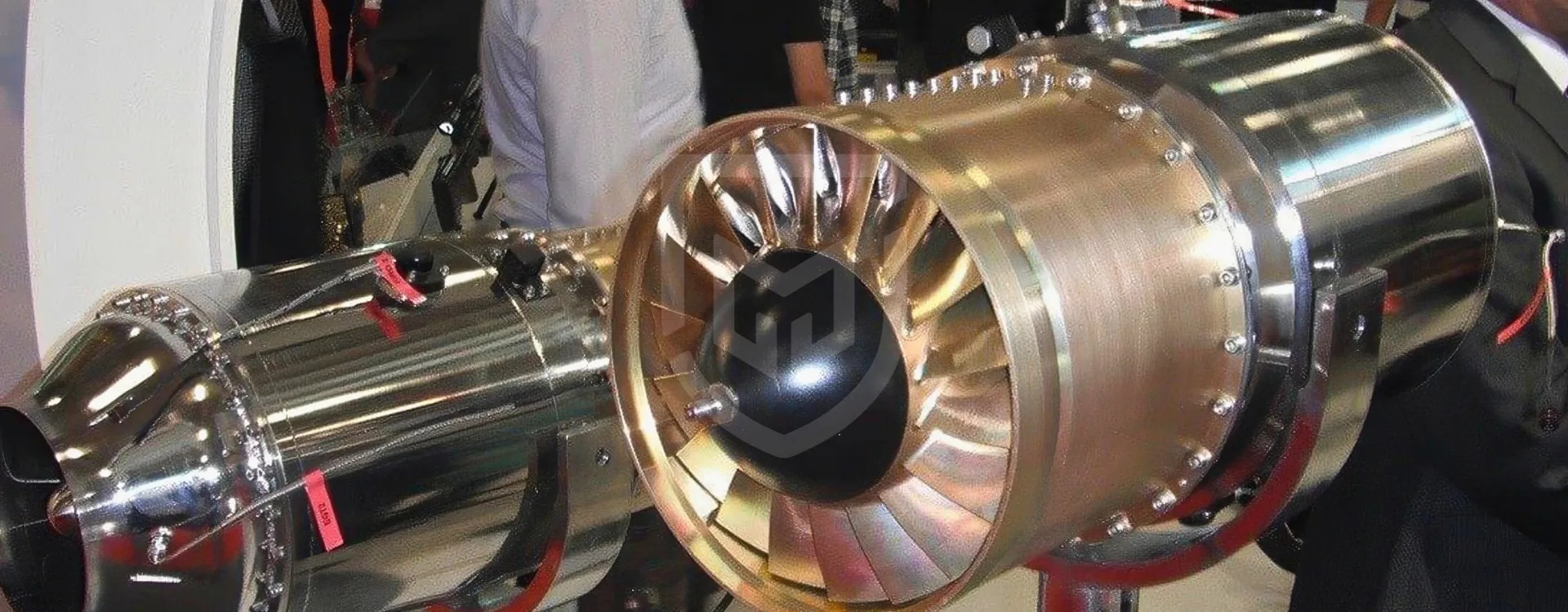

BREAKING NEWS

In aviation, a turbojet is the most stripped-down jet engine: it ingests air, compresses it, burns fuel, and hurls the high-speed exhaust through a nozzle to produce direct thrust. Think of it as headline speed: fewer parts, higher top-end efficiency, and a clean thrust curve. Core stages are the intake, compressor, combustor, turbine, and nozzle. The compressor squeezes incoming air; the combustor mixes it with fuel and ignites it; the turbine taps some energy to spin the compressor; the rest accelerates out the nozzle as thrust—ideal for very high-speed flight.
Turbojets rose fast in the late 1930s thanks to pioneers Frank Whittle and Hans von Ohain. The breakthrough hit the runway when the Heinkel He 178 made the first jet-powered flight on 27 August 1939. At high altitude and high Mach numbers, turbojets shine with compact size, simple mechanics, and snappy acceleration—hence their use in interceptors, cruise missiles, and research platforms.
Why not on every airliner? Because fuel burn at low/medium speeds and noise are higher than alternatives—especially turbofans, whose bypass flow brings quieter, more economical operation.
Bottom line: if the mission demands speed and simplicity, a turbojet still delivers the purest form of jet thrust.